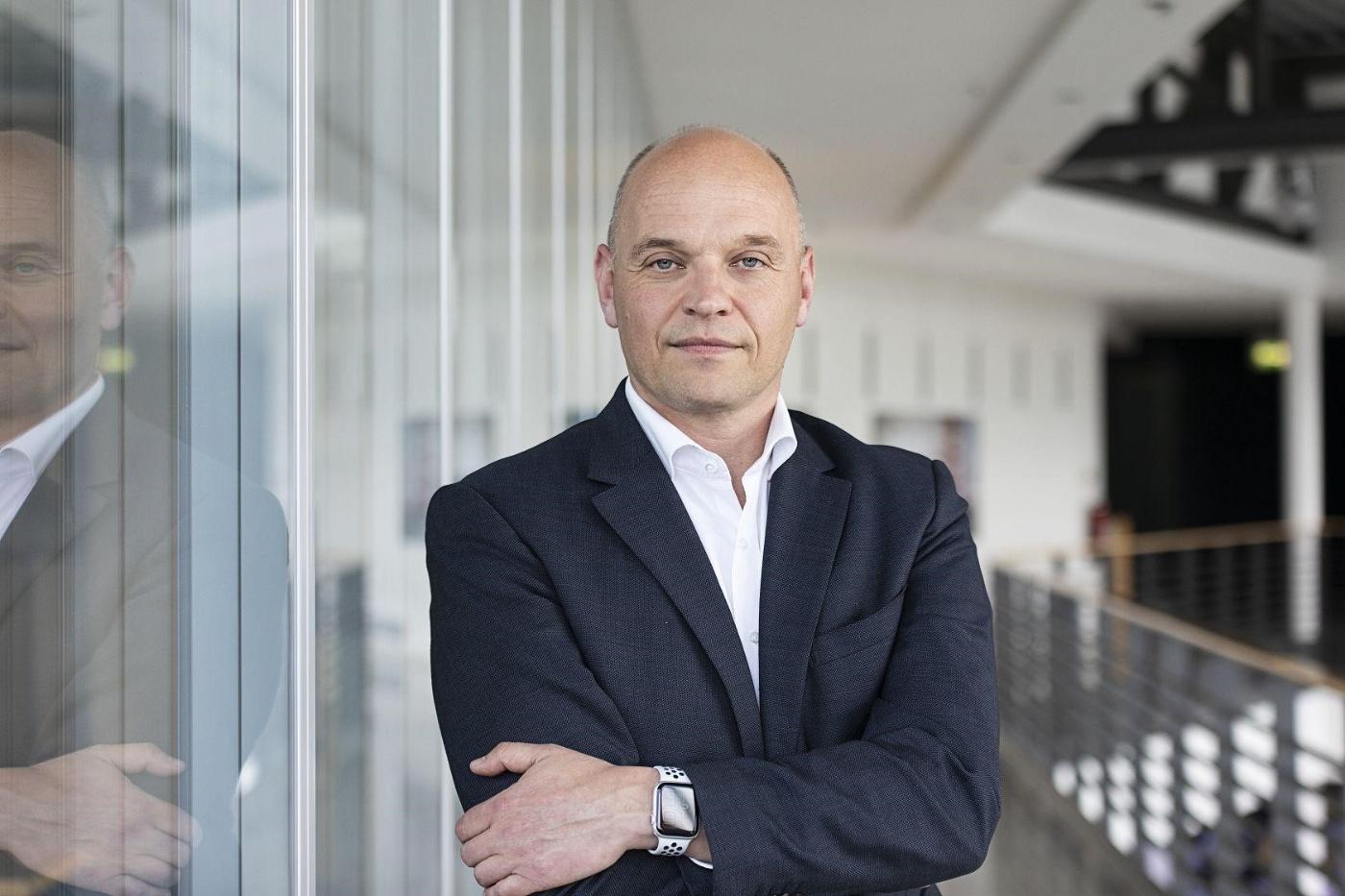News
IAA Voices: Interview ENGINIUS
ENGINIUS is a subsidiary of the FAUN Group, which manufactures vehicles with alternative drives and has set itself the goal of climate-neutral freight transport. A team of 80 specialists currently works at the Bremen plant. The FAUN Group employs more than 2,000 people worldwide. The body manufacturer is one of Europe's leading suppliers of refuse collection vehicles and sweepers and now operates twelve plants in seven countries. The group's headquarters are in Osterholz-Scharmbeck, Lower Saxony. FAUN is part of KIRCHHOFF Ecotec, the environmental division of the globally active KIRCHHOFF Group. In 2021, the KIRCHHOFF group of companies generated sales of 2.2 billion euros with 12,200 employees in the four business units Automotive, Tools, Vehicle Conversion and Municipal Technology. The Group includes 56 plants in 22 countries on five continents.

For the past nine years as CEO, he has focused in particular on the topics of alternative drives, innovations and digitalization. He is constantly driving these forward within the globally active FAUN Group. As a father, it is very important to him personally to be able to contribute to a clean environment with the vehicles.
FAUN in well known for decades as a body manufacturer for sweepers and refuse collection vehicles. With the new subsidiary Enginius, you are now focusing fully on hydrogen for commercial vehicles such as the Bluepower and the Citypower. What is behind this?
We at FAUN already realized the first electric refuse collection vehicle many years ago, in 2006. The reason is the use of a refuse collection vehicle: such a vehicle stops 800 times a day. This means 800 times braking energy and 800 times generation of fine dust. We wanted to use the braking energy. We know this from streetcars, for example, where recuperation has been used for a long time. We adopted this approach back then and set up electric drives.
However, the climate crisis was not so hotly debated, so many customers could not cover the additional costs at that time. Nonetheless, we continued and, starting in 2011, had the first vehicle with a fuel cell in continuous operation for two years in a project with the Berlin city cleaning service.
During these two years, it became very clear that the fuel cell is an excellent unit for mobile use and that it can withstand this use without any problems. In the following years, we developed a concept and studies. All of this eventually gained a lot more traction, so that since 2019 we already have 21 hydrogen vehicles in use with our customers. By the end of 2022, there will already be 100.
In addition, we are the first vehicle manufacturer to receive type approval across Europe for an electrically powered truck with a hydrogen fuel cell, the Citypower, which we will be presenting for the first time this year at the IAA TRANSPORTATION.
Given the long history, you already have some practical experience with hydrogen-powered vehicles. What are the most important lessons learned?
There is actually already a wealth of experience over the long period. We have 21 vehicles in operation so far. Of course, we have learned a lot in the process, especially with regard to stability. What's also clear is that with the fuel cell you no longer have the problem of transporting, temporarily storing and distributing the energy. In addition, there are no longer any long refueling times or high charging rates. I am convinced that it will be possible to expand the infrastructure with hydrogen more quickly than is possible with a pure battery vehicle.
What about the infrastructure?
It is crucial that the infrastructure grows with us in the coming years. There are currently over 150 hydrogen refueling stations in Europe, and in Germany alone there are 95 that have been in operation for many years and are also used by our customers. In the next few years, utilization will increase. We are running into open arms with the infrastructure providers, because they are naturally dependent on a higher take-up. The motivation among the providers to further expand the infrastructure is there and it increases with the sales of vehicles. We are constantly in talks with those who have concrete plans for this.
With Enginius, you say you are aiming to become the European market leader in hydrogen-powered trucks by 2030. What makes you confident that this can actually work?
What makes me confident is that we are very, very early in the process. Many manufacturers are still talking about announcements or in the future form. We, on the other hand, can already formulate in the present due to our many years of experience. To achieve our sales targets, we will have to significantly expand our current production site in Bremen. We then anticipate a total annual capacity of over 5,000 vehicles across all models.
What can visitors to the FAUN/Enginius stand at IAA TRANSPORTATION look forward to this year?
We will show visitors to the IAA TRANSPORTATION that impossible can become incredible. With Enginius we have managed to get the first hydrogen trucks with EU type approval on the road. So we will be taking visitors with us into a new climate-neutral future. We are creating the right atmosphere for this, and on the daily test drives everyone can experience the hydrogen driving experience for themselves right away. We are very much looking forward to the IAA TRANSPORTATION.